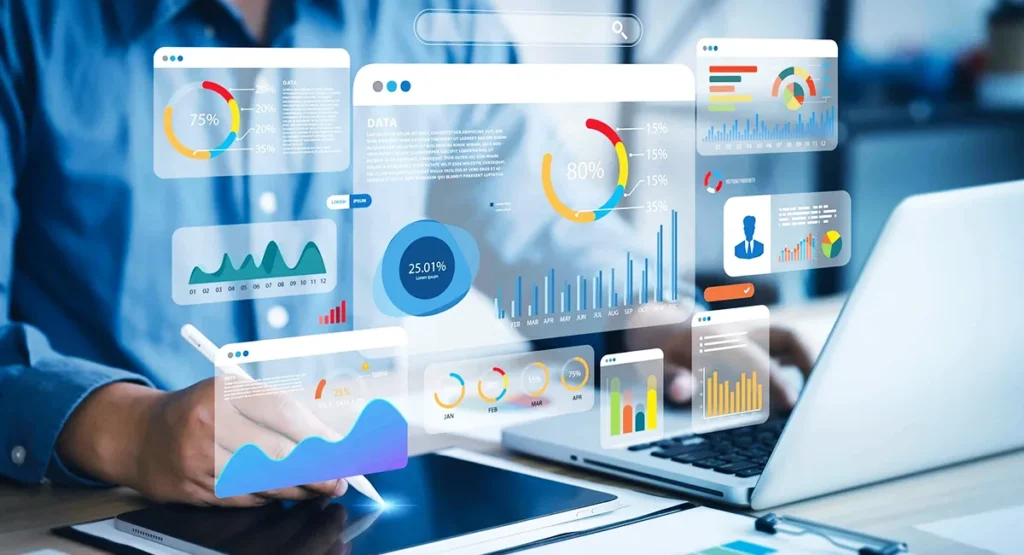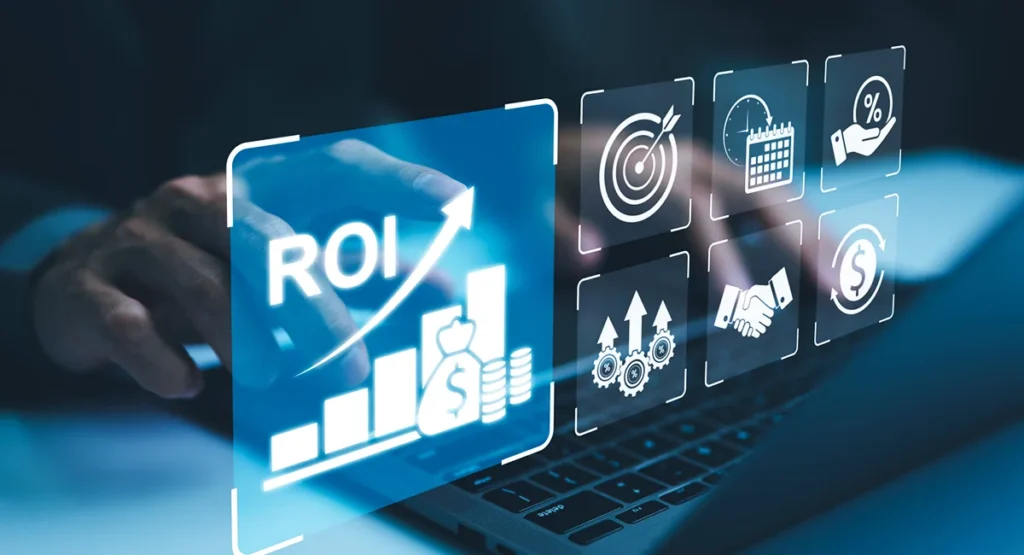In today’s hyper-competitive digital space, traditional marketing is no longer enough. The brands leading the pack aren’t the ones spending the most—they’re the ones spending smart. Welcome to the era of performance marketing, where every click, impression, and conversion is tracked, measured, and optimized for maximum impact.
Table of Contents
Whether you’re a startup or scaling brand, adopting a ROI-driven strategy is no longer optional—it’s foundational. Performance marketing brings a measurable, results-oriented approach to digital campaigns across channels like Google Ads, social media, SEO, and storytelling. It doesn’t just ask “how much did we spend?” but rather, “what did we get in return?”
Let’s dive into how performance marketing is reshaping brand growth, which tools are driving this shift, and how businesses are achieving clarity and scale through data-backed marketing and expert execution.
Performance marketing refers to digital campaigns optimized for specific actions—clicks, conversions, leads, sales, and more. Instead of paying for exposure or guesswork, advertisers pay for measurable results. Think of it as the marketing version of paying only when a sale is made.
Key characteristics:
From Google Ads optimization to conversion tracking on Facebook, performance marketing aligns marketing efforts with clear business goals.

Let’s face it—marketing budgets are under pressure. In a world where every penny must show a return, businesses are demanding transparency and efficiency.
Here’s why ROI-driven strategies are gaining traction:
With tools like Google Analytics 4, Meta Ads Manager, and Hotjar, brands can trace user journeys and attribute every sale or lead to the right channel. No more vague reporting.
If an ad doesn’t work, you’ll know almost instantly. This enables rapid pivots—A/B testing and iterative refinement are now standard practices.
Once a channel shows strong ROI, businesses can scale that channel confidently—whether it’s retargeting high-intent users or doubling down on video content that converts.
Brands no longer chase vanity metrics like likes or shares. Instead, they zero in on CPL (Cost per Lead), CPA (Cost per Acquisition), ROAS (Return on Ad Spend)—true digital KPIs that reflect performance.

Google Ads continues to dominate the paid marketing landscape. But what separates average campaigns from high-performers? The answer lies in optimization.
A Sprint Digitech-led campaign for a D2C health brand, for instance, saw a 43% lower CPA in just 45 days through advanced audience segmentation and creative iteration in Google Ads—highlighting how expert strategy changes the game.
Clicks don’t equal sales. That’s where conversion tracking becomes crucial.
Whether it’s a newsletter signup, product purchase, or consultation booking, every goal must be tracked using:
Why it matters:
A B2B software brand using end-to-end conversion tracking reduced its cost-per-lead by 28% by simply identifying and eliminating wasteful channels.
Performance marketing is often mistaken as purely technical. But at its core lies creative storytelling.
For example, a sustainable skincare brand leveraged a “From Farm to Face” content series across Instagram and Facebook, combined with a well-targeted ad set. The result? A 6.4x ROAS in three months.
Sprint Digitech, known for blending performance with personality, helps brands craft full-funnel storytelling—from awareness to loyalty—ensuring creative meets commerce.

While paid ads offer speed, content marketing builds staying power. A well-structured blog or case study can continue to drive traffic and leads for years.
Pair this with organic distribution (LinkedIn, YouTube, Quora) and paid boosts, and you have a robust top-of-funnel magnet that feeds your pipeline.
A scaling SaaS startup, for example, combined organic blogs and YouTube how-tos with high-intent search ads—resulting in a 62% jump in demo requests in Q2 2024.
Data is only powerful if it’s interpreted correctly. This is where paid marketing analytics unlocks insights that lead to action.
What to track:
Campaigns powered by granular analytics consistently outperform gut-feel strategies. The difference? Precision.
One of the most critical shifts in recent years is the move from siloed campaigns to full-funnel digital strategies.
A lifestyle fashion brand grew from 6-figure to 8-figure revenue by moving to a full-funnel approach with platform-specific creative, targeted remarketing, and post-purchase nurturing. This shift allowed them to boost their LTV by 2.5x in under a year.
While tools and trends are vital, what truly powers growth is expert strategy. That’s where teams like Sprint Digitech excel—not by chasing hacks but by aligning performance marketing with business vision.
They focus on:
From tech startups to wellness brands, businesses have found success not by spending more, but by spending wisely, backed by analytics, creatives, and clear KPIs.
Looking ahead, performance marketing will only become more:
In this evolving landscape, brands that adopt a result-driven, full-funnel, and creatively brave approach will not only survive but dominate.
Performance marketing is no longer about guessing what works—it’s about knowing, tracking, improving, and scaling what works.
If your business is ready to shift from spending to growing, the time to embrace this data-backed, ROI-driven, KPI-smart model is now. With the right mix of strategy, storytelling, and analytics, the possibilities aren’t just promising—they’re measurable.
Ready to turn performance into progress?
From Google Ads optimization to brand storytelling, Sprint Digitech empowers ambitious brands with results that speak—and scale.
Nirbhay Chauhan is a Performance Marketing and ROI Specialist with expertise in SEO, PPC, and media planning. With a passion for data-driven strategies, Nirbhay helps businesses scale by optimizing their marketing efforts to deliver measurable results. His extensive experience in driving online growth and maximizing ROI makes him a trusted partner for businesses looking to elevate their digital presence.